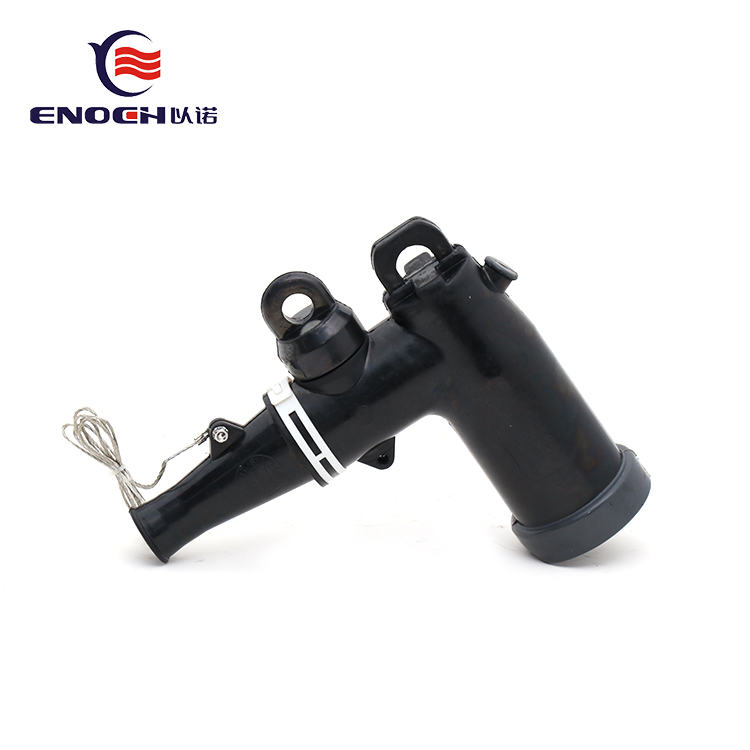What are the three 3 major components in a power cable?
2023-12-12
In a typical power cable used for transmitting electrical power, there are three major components:

1. Conductor: The conductor is the core component of a power cable responsible for carrying the electrical current. It is usually made of copper or aluminum due to their excellent electrical conductivity. The conductor provides the path through which the electric current flows from the power source to the load.
2. Insulation: Surrounding the conductor, insulation serves as a protective layer to prevent the flow of electrical current to the external environment or other conductive materials. It insulates the conductor, ensuring that the electricity flows within the cable and does not cause electrical faults or hazards. Insulation materials commonly used include PVC (Polyvinyl Chloride), XLPE (Cross-Linked Polyethylene), rubber, and various other specialized materials depending on the cable's intended use and environment.
3. Sheath or Jacket: The outermost layer of the power cable is called the sheath or jacket. It provides mechanical protection to the cable from physical damage, moisture, chemicals, abrasion, and environmental factors. This outer layer helps preserve the integrity of the cable and prevents damage to the conductor and insulation. The sheath material can vary depending on the cable's application and can be made from materials such as PVC, polyethylene, nylon, or other specialized materials.
These three components work together to create a functional and safe power cable suitable for transmitting electrical power from a source to a load, ensuring efficient power transmission while protecting the cable from external elements and preventing electrical hazards.


